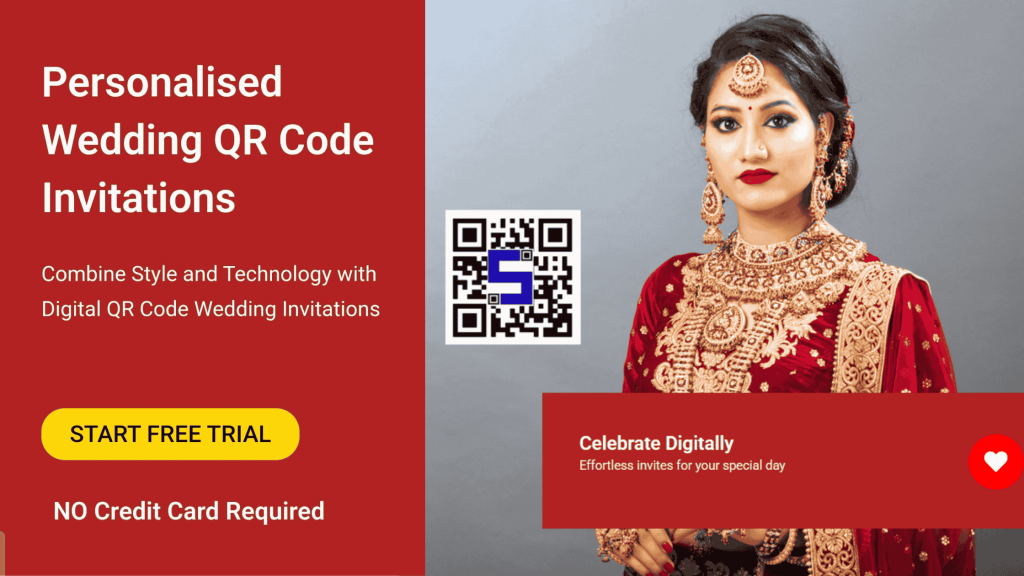The Evolution of QR Codes: From Simple Links to Dynamic Connections

History and Basic Functionality of QR Codes
Quick Response (QR) codes have become an essential part of our digital landscape, seamlessly connecting physical and digital worlds. Originally developed in 1994 by Denso Wave, a subsidiary of Toyota, QR codes were designed to improve inventory tracking in the automotive industry. Unlike traditional barcodes, which store data in a linear format, QR codes use a two-dimensional matrix to hold significantly more information. This breakthrough allowed for faster scanning and broader applications.
Over time, QR codes gained popularity beyond industrial uses. With the rise of smartphones equipped with cameras and scanning capabilities, businesses and consumers began using QR codes for marketing, payments, authentication, and information sharing. However, while QR codes became widespread, their functionality remained largely static—redirecting users to a fixed URL or displaying preset information.
Limitations of Traditional QR Codes
Despite their growing adoption, traditional QR codes have several limitations. First, they often serve a singular purpose, such as linking to a website, with no ability to update or modify the content after generation. This rigidity can lead to inefficiencies when businesses or individuals need to make changes.
Second, standard QR codes provide little interactivity. They are typically one-way communication tools, directing users to a page but offering no means of engagement beyond passive consumption of information. For marketing campaigns and personalized experiences, this limitation can be a significant drawback.
Additionally, security and privacy concerns persist. Standard QR codes can be easily tampered with or lead to malicious websites if not carefully managed. Users clicking on unknown QR codes run the risk of phishing scams or malware attacks, making trust and security crucial considerations.
LifeTag Advanced QR Codes and Their Unique Features
Recognizing the limitations of traditional QR codes, 4 MB Technologies has pioneered a new approach—offering advanced, dynamic, and interactive QR codes with the brand name “Lifetags.io”. Unlike their static predecessors, LifeTag QR codes provide users with enhanced functionality, adaptability, and engagement.
Key features of LifeTag QR codes include:
- Customizable Content: Users can update the information linked to a QR code at any time, allowing for real-time content changes without the need for reprinting.
- Interactive Messaging: LifeTag enables direct communication between the QR code owner and the user, fostering two-way engagement.
- Multi-Purpose Functionality: Instead of being restricted to a single link, LifeTag QR codes can store and manage multiple types of content, including videos, PDFs, social media profiles, and more.
- Analytics and Insights: Businesses and individuals can track scans, user interactions, and engagement levels, providing valuable data for optimizing campaigns and interactions.
- Enhanced Security: With robust encryption and access controls, LifeTags QR codes ensure that users access safe, verified content.
These advanced features transform QR codes from simple tools into dynamic and powerful digital connectors.
Demonstrating the Enhanced Capabilities of LifeTag QR Codes

LifeTag QR codes have found numerous applications across various industries, enhancing connectivity and interaction. Some notable examples include:
Memorials and Tributes
LifeTag QR codes allow families to create digital memorials for their loved ones. By scanning a QR code on a headstone or tribute plaque, visitors can access multimedia content, such as photos, videos, and personal messages, preserving memories for generations.
Event Management and Invitations
For weddings, conferences, and social gatherings, LifeTag QR codes offer a modern way to share event details. Guests can scan a QR code to RSVP, access schedules, receive real-time updates, and even interact with hosts through messaging features.
Job Searches and Professional Networking
Individuals seeking employment or professional opportunities can embed LifeTag QR codes on resumes and business cards. These QR codes can link to dynamic digital portfolios, LinkedIn profiles, or personal websites, providing potential employers with an interactive experience beyond static documents.
Retail and Marketing
Brands leverage LifeTag QR codes for interactive marketing campaigns. Instead of linking to a single landing page, businesses can use QR codes to deliver personalized offers, promotional videos, and exclusive content, ensuring a richer customer experience.
Education and Learning
Educational institutions and content creators use LifeTag QR codes to provide students with supplementary learning materials, interactive quizzes, and personalized feedback, making education more accessible and engaging.
Healthcare and Emergency Information
In the medical field, LifeTag QR codes are used to store and share critical health information. Patients can have QR codes on medical bracelets or ID cards that provide instant access to their medical history, allergies, and emergency contacts. This can be life-saving in emergency situations where rapid access to medical records is essential.
Tourism and Travel
Tourism boards and travel agencies integrate LifeTag QR codes into guides and signage, allowing travelers to access multilingual content, historical information, and interactive maps simply by scanning a code. This enhances visitor experiences by providing them with relevant and easily accessible information on the go.
Conclusion: The Shift from Static to Dynamic QR Code Experiences

The evolution of QR codes from basic data carriers to dynamic, interactive tools marks a significant shift in digital engagement. LifeTag.io has redefined the potential of QR codes by enabling real-time updates, two-way communication, and enhanced security.
As businesses and individuals continue to seek more meaningful and engaging ways to connect, the demand for dynamic QR codes will only grow. Whether for personal use, professional networking, or brand engagement, LifeTag QR codes are paving the way for a future where QR technology is more than just a link—it’s a bridge to rich, interactive experiences.
The shift from static to dynamic QR codes represents a leap forward in how we interact with digital content. LifeTag is at the forefront of this revolution, ensuring that QR codes are not just a tool of convenience but an integral part of seamless and intelligent connectivity. The future of QR codes is bright, and their potential applications continue to expand across industries, bridging the gap between offline and online experiences like never before.